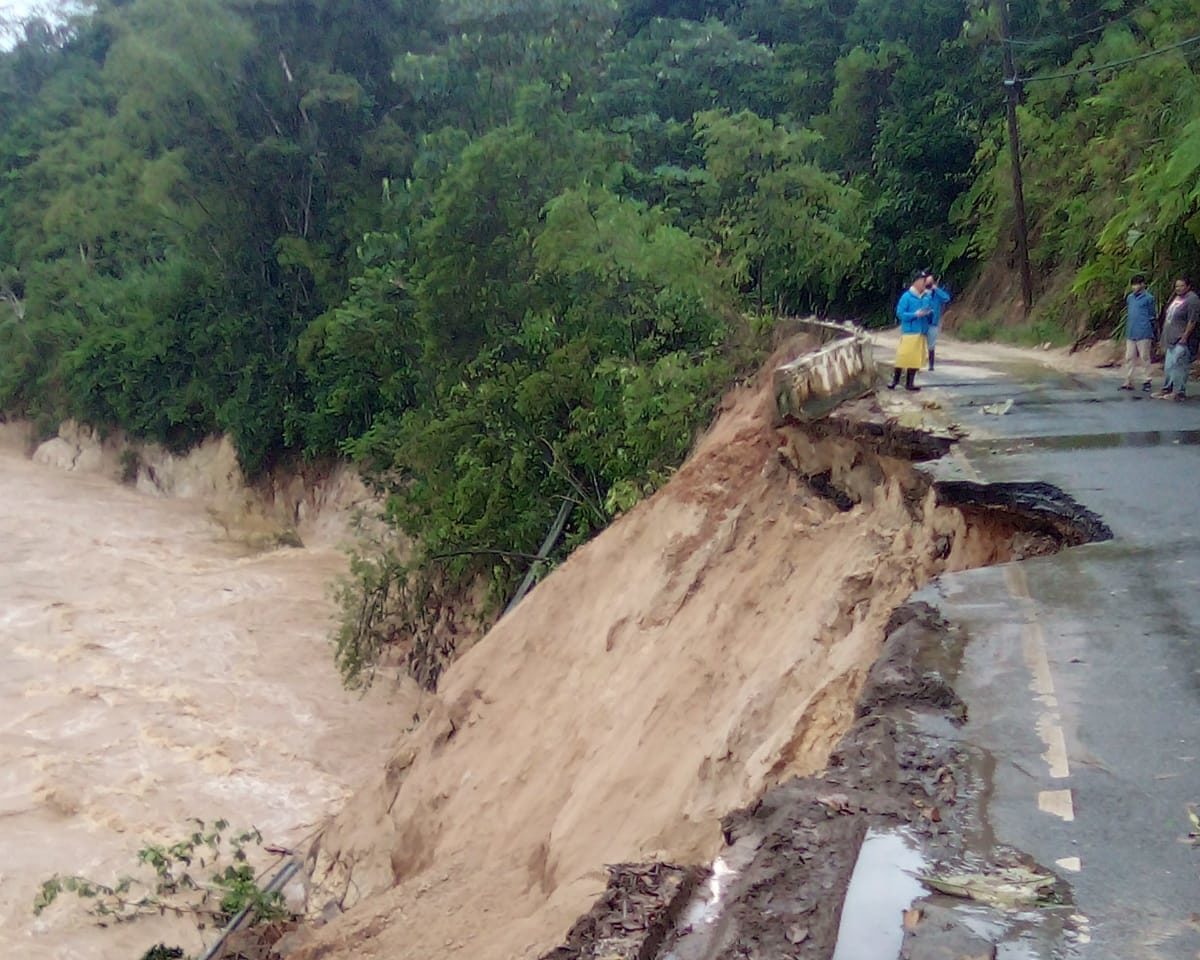Hurricane Fiona slams into Puerto Rico, moves into Dominican Republic

Editor’s note: For the latest information about Hurricane Fiona, see our 2022 Atlantic Hurricane Season disaster profile.
Hurricane Fiona, the first storm of the Atlantic hurricane season to inflict significant damage on populated areas, made landfall in Puerto Rico on Sunday.
An area already struggling to recover more than five years after the devastation of Hurricane Maria, the Puerto Rican population is now dealing with a complete power failure and critical flooding that is wiping out much of the recently replaced infrastructure. With poverty rates much higher than those found on the mainland U.S. and with limited access to the resources afforded the rest of the country, Puerto Rico will struggle again to recover from the effects of this storm. Additionally, 1 in 5 Puerto Ricans has a disability, but residents are unable to access federal disability income support programs, so the majority of disabled residents live in poverty.
As it moves out of Puerto Rico, Fiona is expected to increase in strength and land on the Dominican Republic, the Turks and Caicos and other areas of the Caribbean. Extreme flooding, power outages and landslides are expected to affect this entire region before moving off to the northeast and weakening.
How can donors help those affected by the hurricane?
Although uncertainty over the storm’s full impact will last for days, if not weeks, officials anticipate extensive damage. The focus, for now, is on addressing the immediate needs of the marginalized populations dealing with the aftermath of the storm – access to shelter, food, safe water and medical care. Ultimately recovery from the storm will not be quick, so donors need to consider the long-term needs of those affected: Building infrastructure, finding long-term housing solutions, support for inflicted and layered trauma caused by the storm and protecting the people from future hazards.
The basics of effective disaster giving
At times like this – when worry, stress and fear are high, I remind myself and other donors to go back to these basic principles of effective disaster giving for trusted outcomes.
- Take the long view. Even while focusing on immediate needs, remember that it will take some time for the full range of needs to emerge. Power and transportation outages as well as flood-damaged homes may be top of mind, but it takes a while to truly understand the impact that the disaster has had on people’s lives. Be patient in planning for disaster funding. Recovery will take a long time, and flexible funding will be needed throughout.
- Recognize there are places private philanthropy can help that government agencies might not. With the increase in extreme weather events, governments cannot fully fund recovery. Therefore, private funders have opportunities to develop innovative solutions to help with recovery efforts and to prevent or mitigate future disasters that the government cannot execute.
- All funders are disaster philanthropists. Even if your organization does not work in a particular geographic area or fund immediate relief efforts, there are ways to align disaster funding with your existing mission. If you focus on education, health, children, underserved populations, the environment, conservation or agriculture, disasters present prime opportunities.
- Support the sharing of best practices. Florida, for example, has developed stringent building codes to mitigate destruction from hurricanes. Interested donors could help support the transfer of expertise from one region to another before the next disaster occurs. Other areas for best practices research and sharing include efforts to coordinate volunteers and the distribution of supplies.
- Connect with other funders. Collaborative philanthropic response to the disaster leverages combined expertise and maximizes the value of the human, financial and technical resources donated. The Center for Disaster Philanthropy works closely with community foundations, regional associations, funders and responding nongovernmental organizations to share trustworthy information and analysis.
- Look to past disasters for guidance. There are often lessons learned that could be used to create better policies and procedures. Consider funding disaster risk-reduction research or projects that could inform more effective disaster preparation and response policy.
The CDP Atlantic Hurricane Season Recovery Fund supports the medium- and long-term needs of hurricane-affected people and communities. Learn how your donation to the Fund could make a difference to communities devastated by Hurricane Fiona.
Register now for our webinar “Hurricane Fiona: Responding to disasters in island settings” on Thursday, Sept. 22 at 2 p.m. ET to explore the impact of Hurricane Fiona on affected communities and how funders can support relief and recovery efforts.
